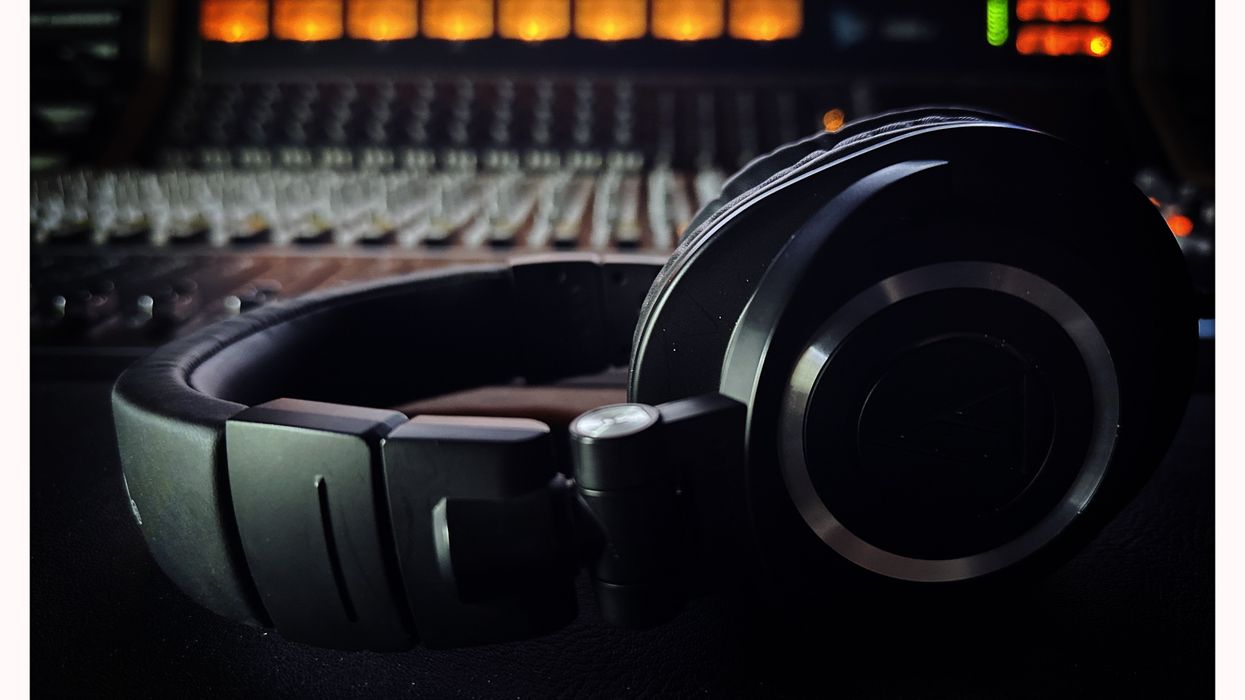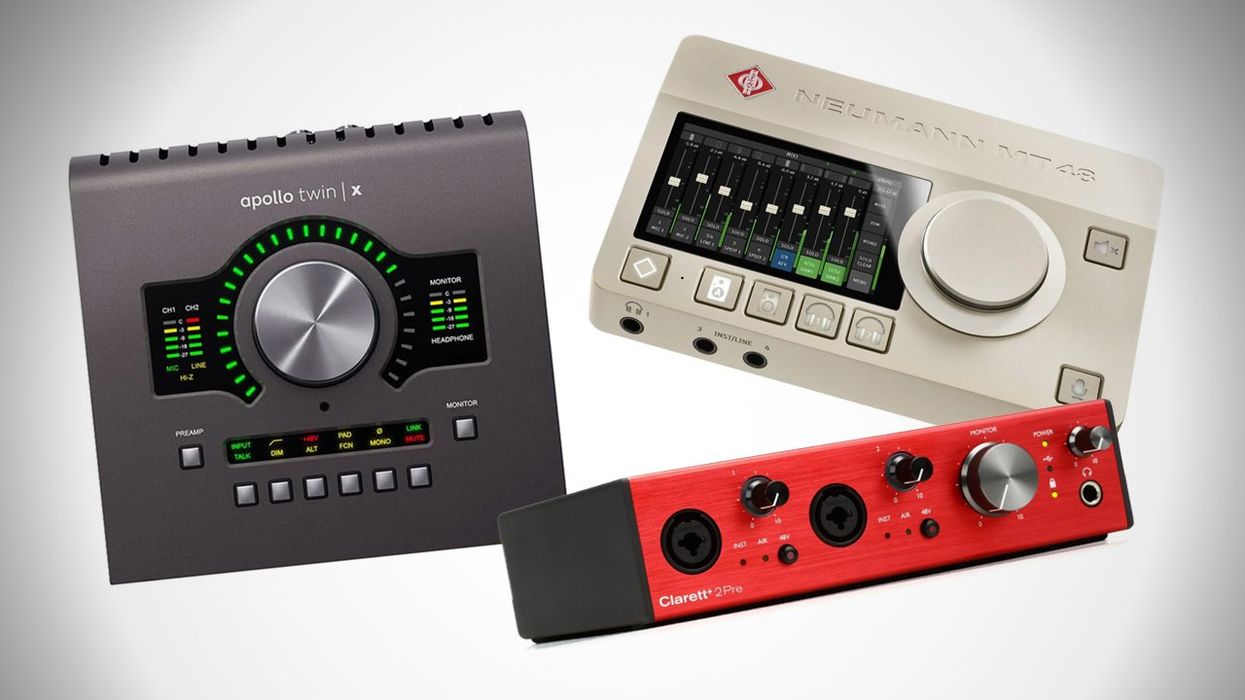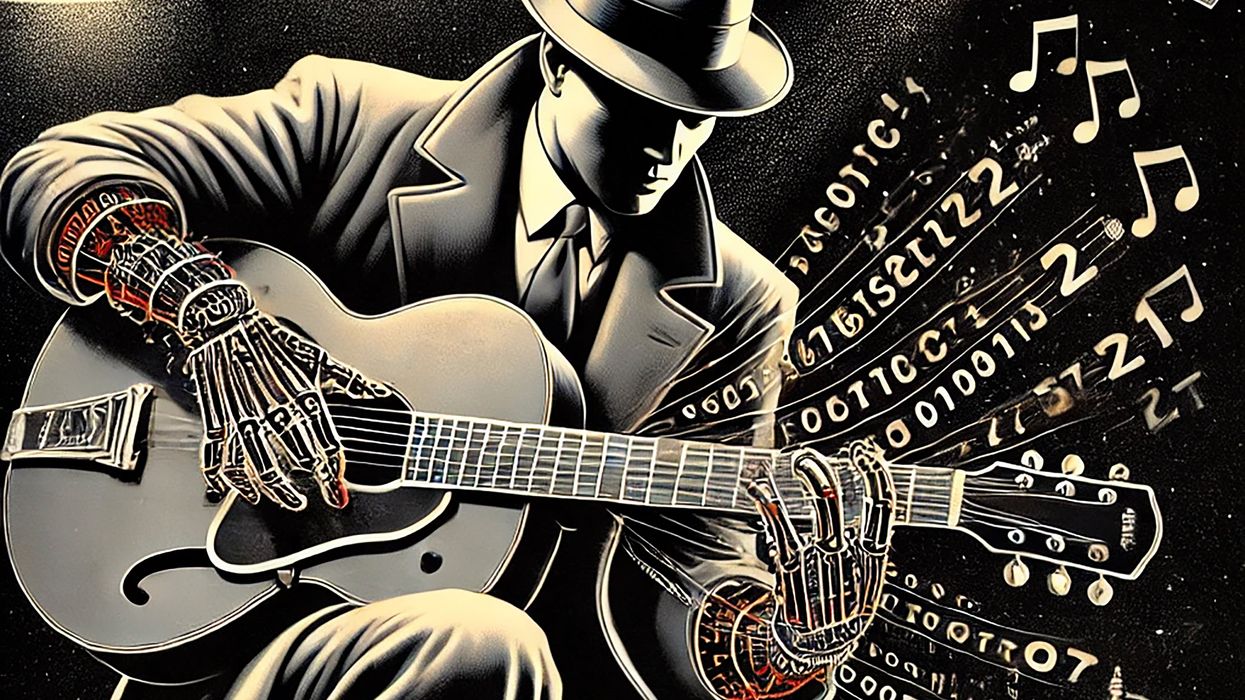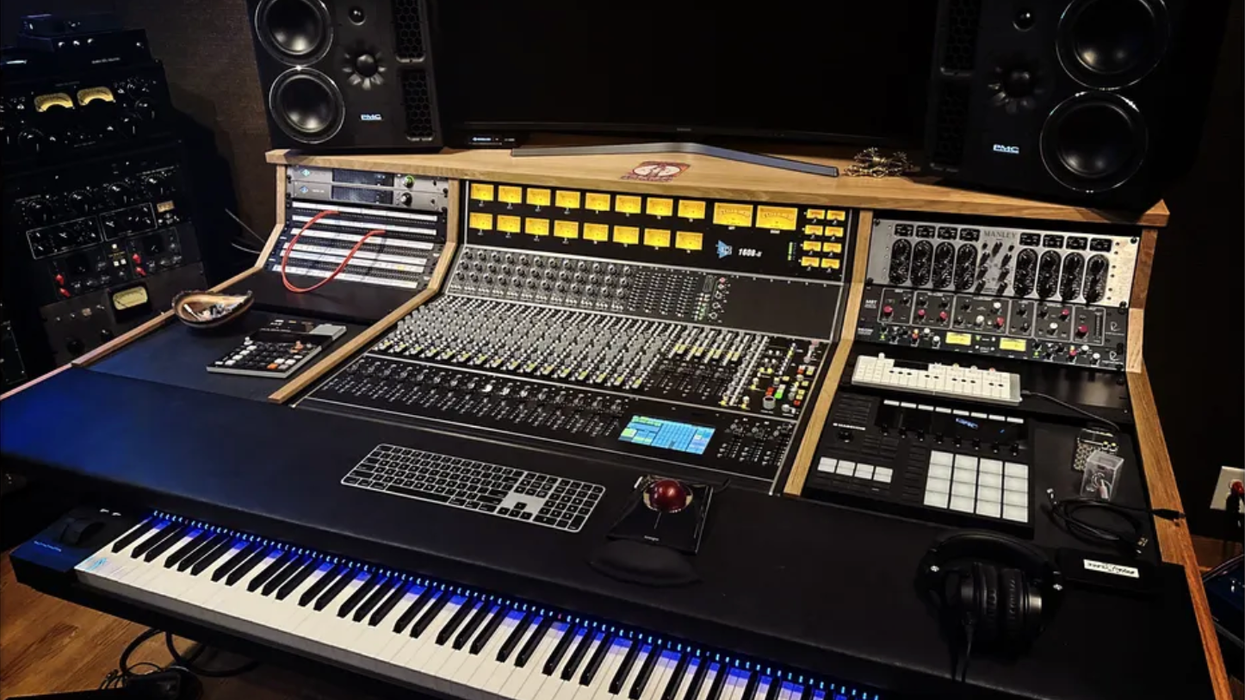This month, I'm going to offer some tasty insights into recording that beautifully finicky, peculiar saturation that we guitarists spend a huge part of our musical lives obsessing about: fuzz. I'm also going to invite you to come and watch these tips in action.
To briefly recap for those of you who might be a little fuzzy on the subject, the two main flavors of fuzz stem from two types of transistors: germanium and silicon. The earliest fuzz pedals were all germanium-based, but by the early 1970s, silicon-based circuits were the norm. Cost, consistency, and quality control were the main culprits for the change.
I've found germanium-based fuzz pedals possess a creamier type of distortion, overdrive, and fuzz. I've also found them to be more responsive and finicky to changes in dynamics (volume rides, light-to-heavy picking, etc.) than my silicon fuzz pedals. Regardless, the recording tips I'm going to give you, apply to any type of fuzz or distortion.
Okay, the dojo is open.
Tip 1: Fuzz directly into a preamp or DAW. Don't worry if you don't have a vintage EMI console lying about, ready for you to plug into and overdrive the mic preamp. Plug your fuzz directly into a DAW input. Crank it up and enjoy the angry beehive. This can get you very close to that classic Beatles' “Revolution" sound, or, more recently, U2's “The Miracle (Of Joey Ramone)." For the latter, just add a little slapback delay (around 120 ms). You might notice that you have to play your guitar a bit harder to have consistent amounts of fuzz, or you can use a compressor before the fuzz pedal and that will even things out.
Photo 2
Fuzz pedals have always been hit or miss with me (as well as wah pedals). They're either too shrill or have a huge spike somewhere in our ear's most sensitive zone, which lies between approximately 1 kHz and 6 kHz. So how can we tame that and sculpt it into something different?
Tip 2: EQ after the fuzz. Say you have a particularly shrill fuzz and you want to reign it in with some EQ. You could use your pickup selector switch, and/or tone knob, and/or adjust the tone settings on your amp. But my experience is that none of these choices can really tame those offending frequencies without adversely affecting the others you love. Having a dedicated multiband EQ pedal can do the trick deftly, and it's useful in other areas as well.
Fig. 1
Most offending frequencies in fuzz pedals hover around the 2 kHz to 4 kHz zone. Sculpting these via a multiband EQ pedal can greatly improve your fuzz sound. The Boss GE-7 ($119 street) is a worthy addition to any pedalboard, and you can tailor the sound to your liking. If you're not sure which frequency band is the one that's driving you (or your audience) crazy, simply boost each band one by one until it jumps out at you, then turn that band down. It usually doesn't take more than 6 dB of reduction to get the tone just right.
Compare Photo 1, a stock GE-7, with Photo 2, an XAct Tone Solutions (XTS) modded GE-7 ($189 street). The stock GE-7 has the following frequency bands: 100 Hz, 200 Hz, 400 Hz, 800 Hz, 1.6 kHz, 3.2 kHz, and 6.4 kHz. However, 200 Hz lies in bass territory and 6.4 kHz is in hi-hat territory. Thus they are not very useable, giving you only five bands to reliably work with. Knowing this, some companies have been making mods to this stock pedal. The XTS GE-7 has: 400 Hz, 800 Hz, 1.2 kHz, 1.6 kHz, 2 kHz, 2.5 kHz, and 4 kHz. These frequencies are much more “musically" centered in the sweet spot of the guitar's range and where it can sit in the mix.
Fig. 2
If you don't have a pedal, you can use an EQ plug-in. Start by boosting and sweeping with a narrow Q [Fig.1], and once you locate the offending frequency, notch it out to taste [Fig. 2].
For an audio/video example of this month's article, I invite you to watch my “Bryan Clark: FUZZ FLAVORS" video, where I do both Tip 1 and Tip 2 scenarios.
Until next month, namaste.




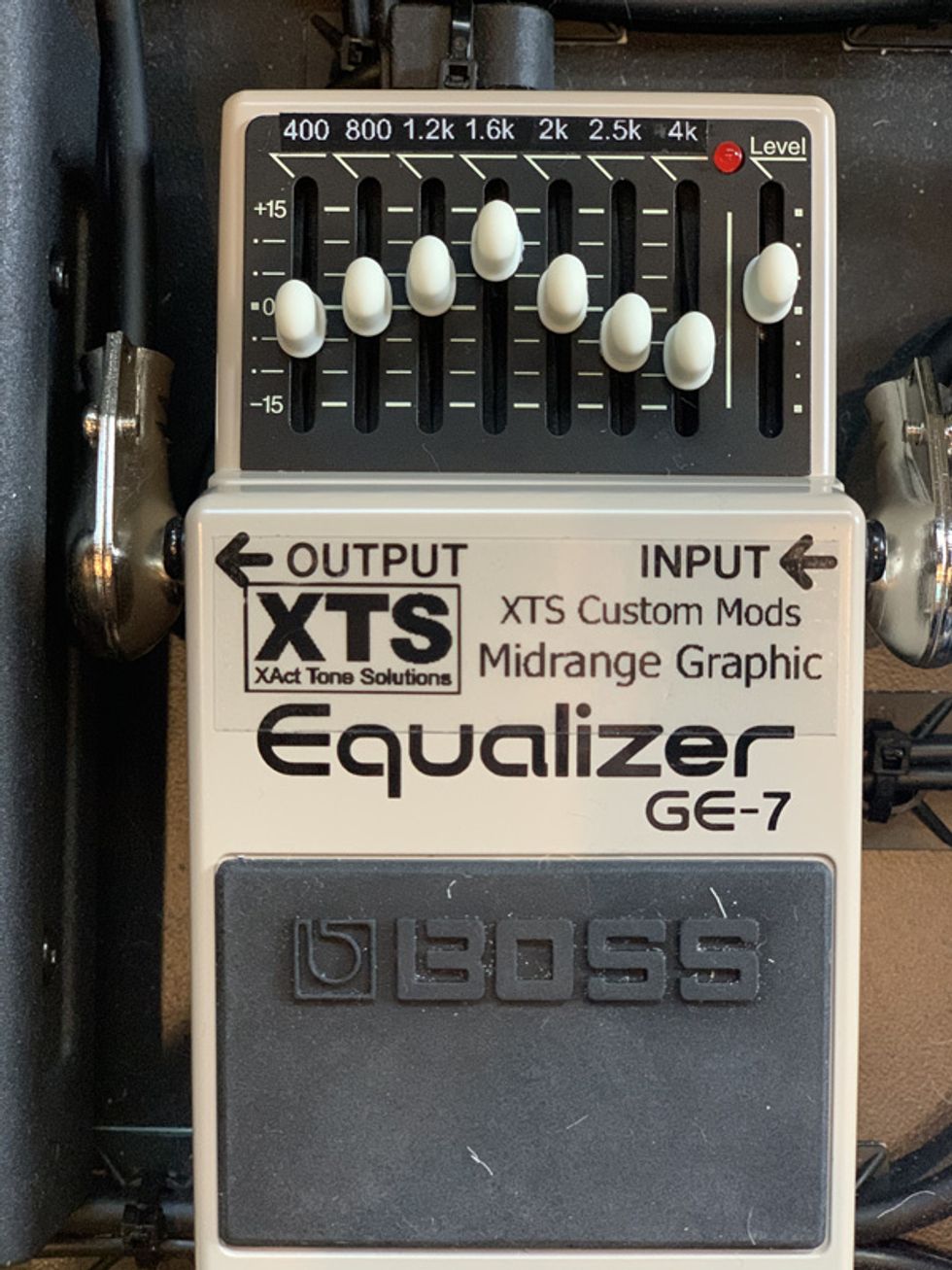
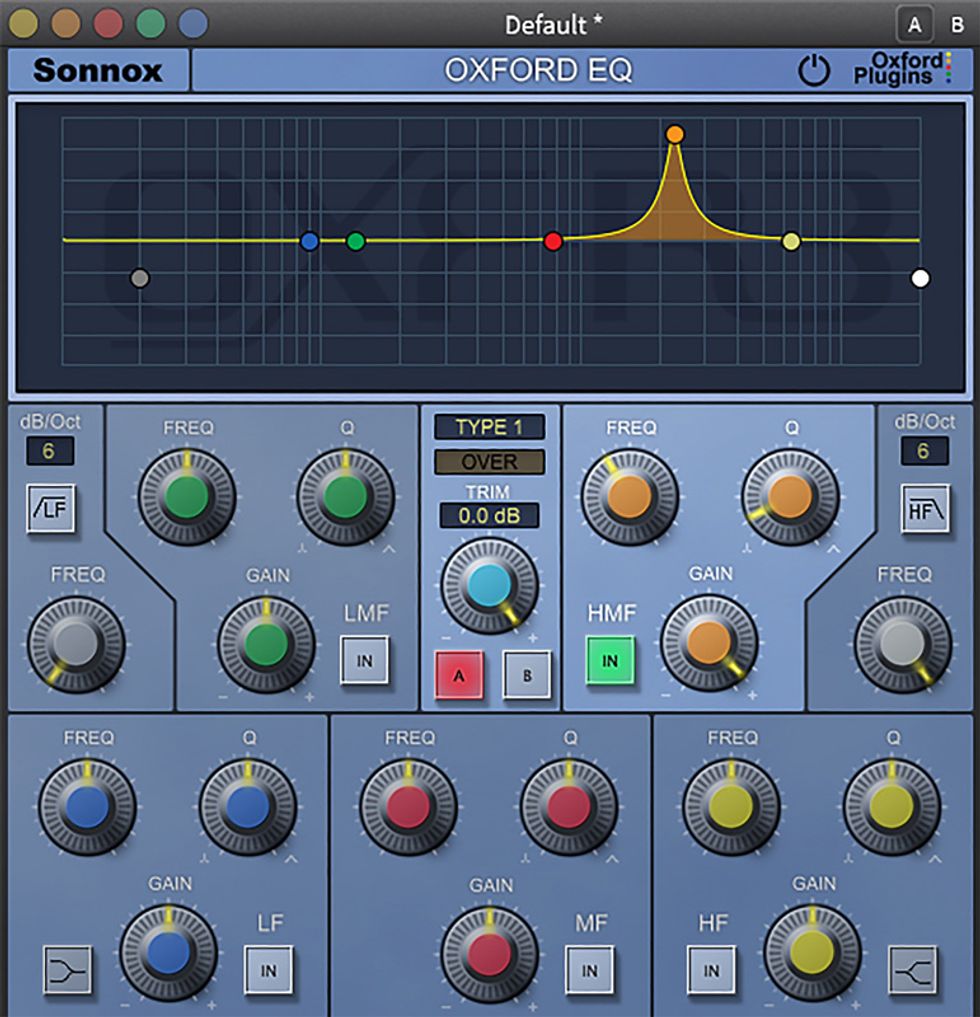
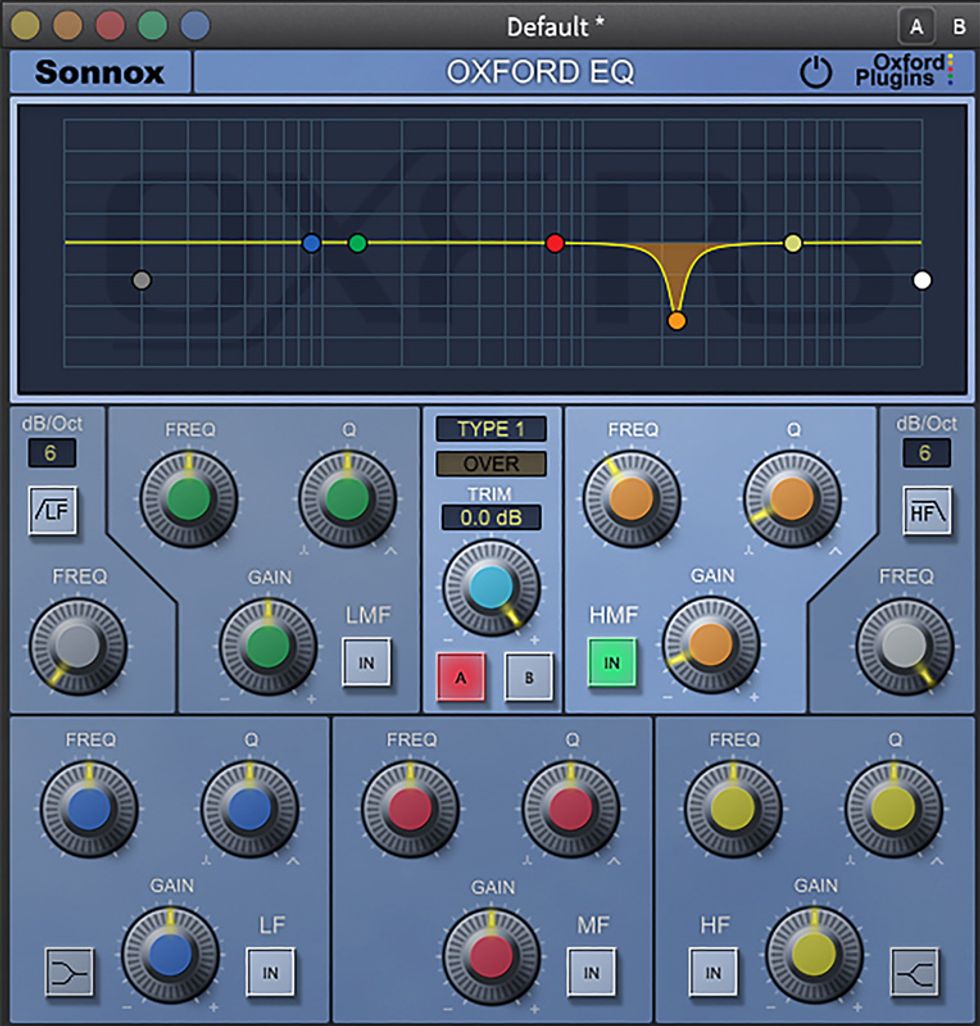

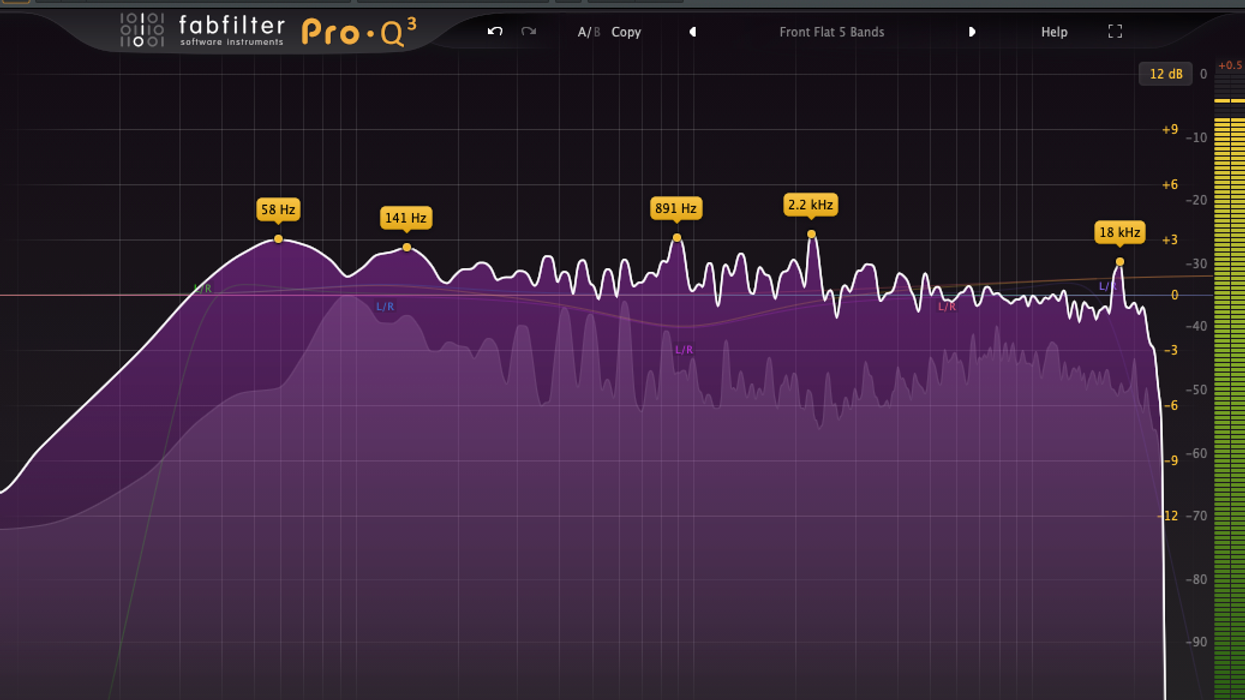


![Rig Rundown: Russian Circles’ Mike Sullivan [2025]](https://www.premierguitar.com/media-library/youtube.jpg?id=62303631&width=1245&height=700&quality=70&coordinates=0%2C0%2C0%2C0)




